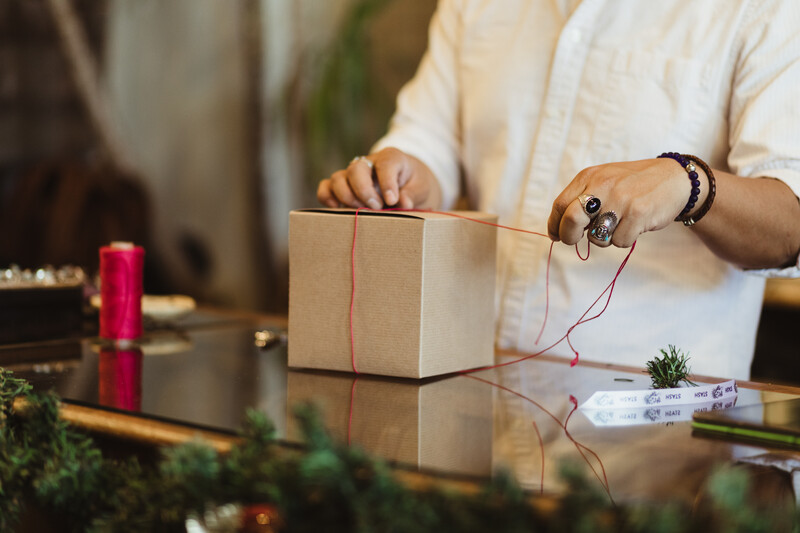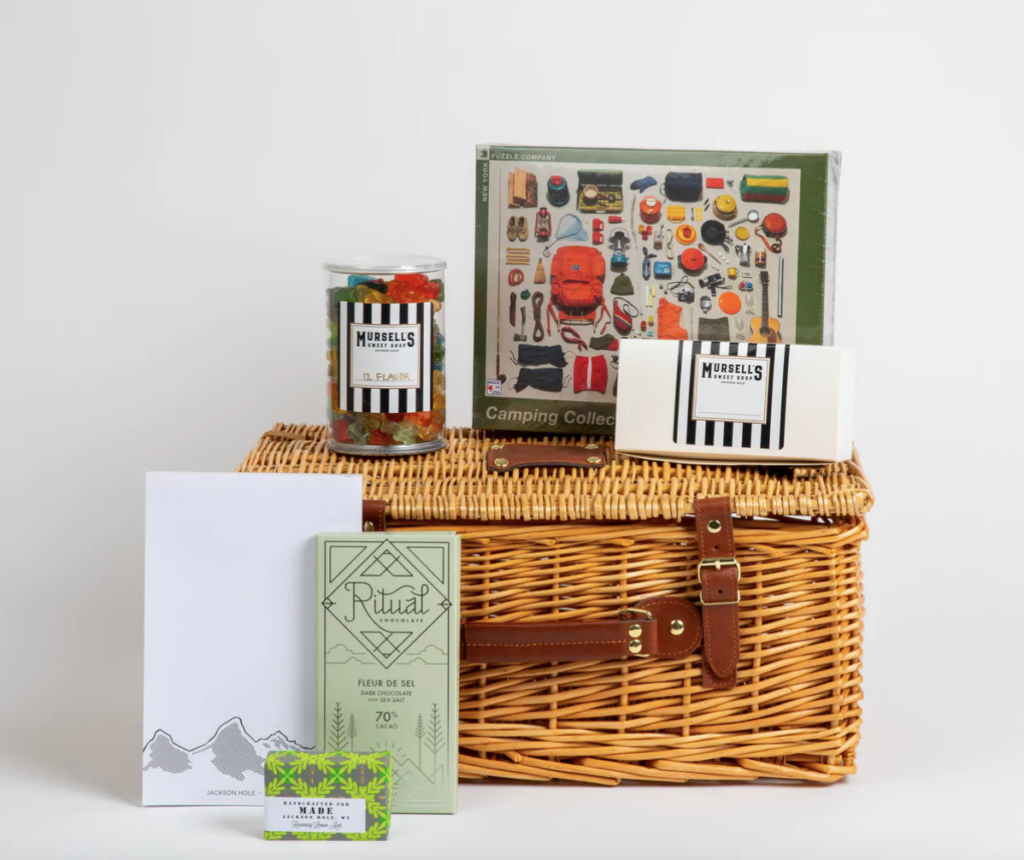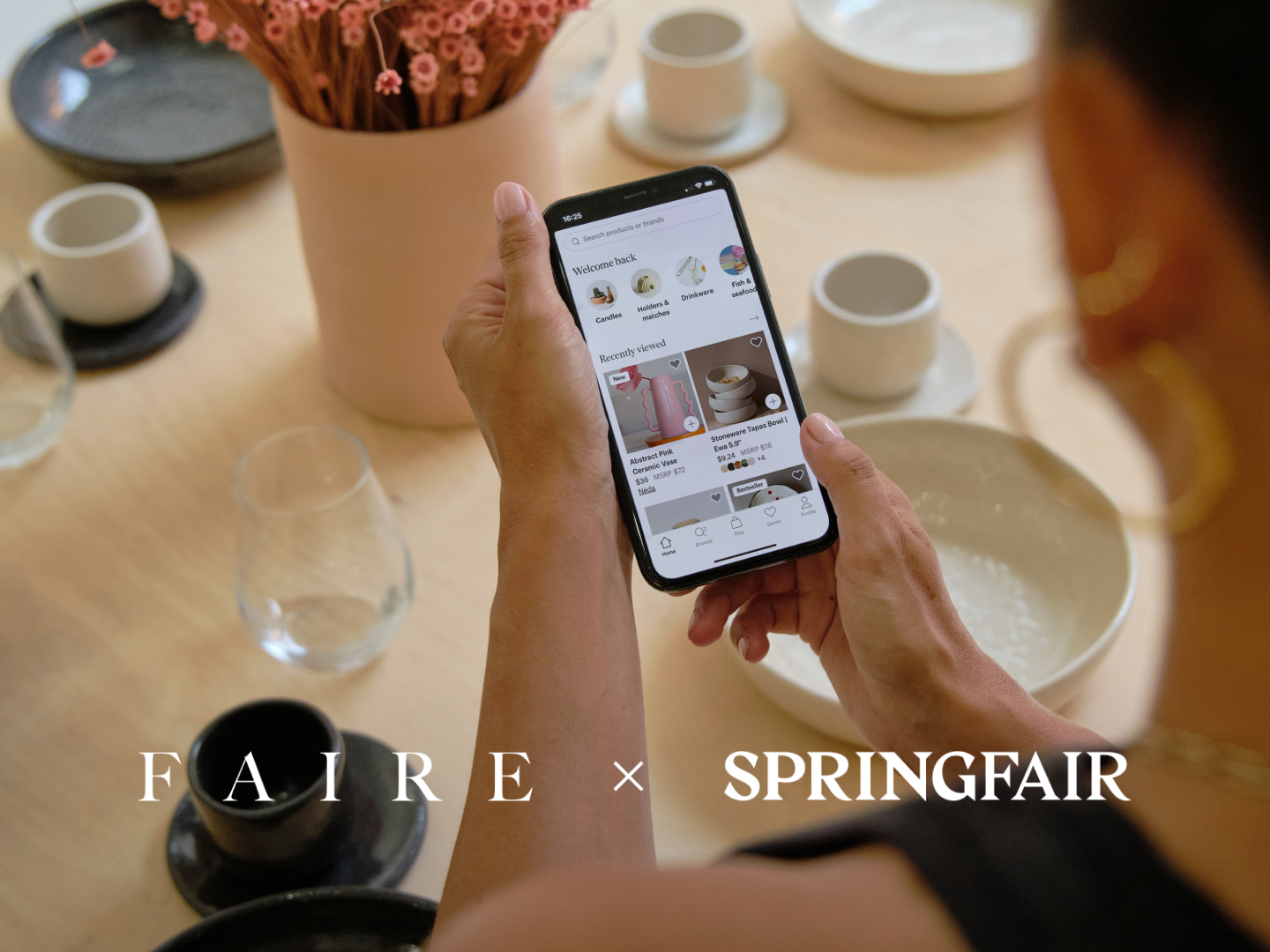

Winter’s just around the corner, and as Brits hunker down with extra blankets, they’re also keeping a close eye on their bank accounts. But despite the current economic climate, consumers are still looking for ways to treat themselves – a trend that began during the pandemic and seems to have stuck. According to a study by Whistl, over 80% of Brits receive a subscription box, whether it’s groceries, their favourite chocolate delivered to their door each month, or a craft set to occupy the kids.
Subscribers sign up for a box for five main reasons: to get exclusive content (57%), to save time (55%), for the “good value” (54%), for convenience (40%), and to receive tailored products (52%).
Retailers are fortunate to have multiple branded products at their fingertips – the perfect ingredients for a high-retention (and highly exciting) subscription box. But with everything that’s going on and the sheer influx in the number of subscription boxes doing the rounds – including but certainly not limited to wonky veg, socks and even slime – it’s the thought that counts.
In the UK, more than a fifth of retailers developed a subscription service or product during lockdown, citing the following as their biggest motivators:
- Greater brand loyalty (44.8%)
- Greater distribution control (34.5%)
- Marketing control (24.1%)
- Lower start-up costs (24.1%)
We’re no longer relegated to selling just the essentials, but with people tightening up their purse strings, it’s worth thinking about what really matters to your shoppers to create a subscription box that brings joy (and a little escape) each month.
Why create a subscription box instead of selling items separately?
There’s something so wholesome about receiving a little package of goods every month. It’s not just a treat; it also ensures shoppers never run out of their favourite products. Low on coffee? Not to worry, the subscription is arriving next week! There are plenty of pros to starting up a subscription box, both for you and your customers.
- Help shoppers explore new products: It can be difficult for shoppers to break away from what they’re used to. Each month, you can pop a new product into each box to showcase your entire product range and introduce customers to new brands.
- Improve customer retention and loyalty: Subscriptions are paid for on a recurring basis, which increases customer lifetime value across the board and makes sure customers come back every single month.
- Stay front of mind: Every time your lovingly put-together subscription box lands on a shopper’s doormat, they’re going to think about you and recommend you to their friends and family.
In these difficult times, Brits see subscription boxes as a way to manage their finances. The Barclaycard Payments annual study found two-thirds of shoppers are still signed up for a subscription box service, with 34% seeing them as an important tool for managing rising costs, 38% believing boxes are good value for money, and 37% feeling more organised with a subscription box.
“As the cost-of-living continues to increase, we’re seeing consumers engage with subscriptions in new and smarter ways,” says Harshna Cayley, the head of online payments at Barclaycard Payments, in this Internet Retailing piece. “Our data not only shows the importance consumers continue to place on subscriptions but also highlights how the benefits of recurring payments play an important role in the management of day-to-day finances.”
Build your own subscription box that brings joy
The best subscription boxes offer a mix of “want” and “need”. But that’s the beauty of them – because you’re bundling together multiple items, you have the opportunity to create something unique for each customer.
Here are some tips for building a successful subscription box service.
1. Pick a theme
The Whistl study found that subscribers preferred subscription boxes that included food (52%), shaving products (24%), clothing (22%), perfume and cosmetics (18%) and pet products (14%). These are all practical, necessary items that customers probably don’t want to run out of.
When planning your subscription box, consider the theme. A box that has a bit of everything can be confusing, so focus your subscription service on a theme, a pain point, or a specific outcome.
For example, a box made for relaxation might include candles, bath bombs, a face mask, and camomile tea leaves. Think about what your customers value, what feelings you want your subscription box to evoke, and how you can group together items to alleviate a specific pain point.
During the pandemic, Faire retailer MADE offered custom “Quarantine Boxes” that spanned a range of needs, from self-care specialties to family fun packs. The retailer was quick to tap into a set of brand-new pain points, which ultimately led to the boxes making up around 80% of their orders. They thoughtfully selected items that people wanted but also needed to get through one of the toughest times in history.

2. Source your subscription box items
Cherry-pick the products that go into your boxes each month. Keep your theme in mind and be strategic with your choices – will you have a “star” product and several smaller items or will you bundle together five to seven little pieces?
Curate and source items on Faire using our detailed gift guides, each of which is geared towards a different target market. For example, if your audience is made up of eco-conscious shoppers, browse our sustainable gift guide to choose an assortment of appropriate items.
You can extend the choice to your customers, too. Give them the opportunity to choose what items they’d like to receive from a pool of ready-sourced products. This will not only create a personalised experience for each shopper but also expose them to new product lines that they might otherwise have skipped over.
Beauty box retailer Birchbox launched its Birchbox Select program that allowed customers to pick out their own items to be delivered based on their skin or hair type. It was such a success that the brand decided to use that model for all their subscription boxes moving forward. To enable shoppers to make custom selections, try offering several different bundles that customers can choose from, or create an order form where they can tick a limited number of items for their next box.
3. Add a personal touch
One of Faire’s retailers, Haley Solar, added a personal touch to her customer care packages during the pandemic by including hand-sewn face masks using fabric sourced in her store. She created marketing content around this through Instagram Live demos and walkthroughs of making the masks, but the end result was a personal touch in each and every box.
In a similar vein, skincare solution brand Skin + Me offers an entire personalised service around its subscription box. In this report on Retail Week, co-founder and chief customer officer of Skin + Me, Rachel Jones, said that the brand personalises night cream formulas for each and every customer. Customers simply need to share what they’re hoping for, and the Skin + Me team does all the hard work. The brand also offers regular progress check-ups and support for subscribers, which Jones says is “something customers just don’t get when buying off-the-shelf skincare.”
There are plenty of ways to create personalised experiences without needing to customise products, too. Add a personal touch to your subscription boxes by including a handmade item, such as a handwritten thank-you note, a product that has the recipient’s name on it, or a bonus item that helps customers use the products in their box more effectively.
4. Give shoppers full control
The Whistl research revealed that 74% of UK consumers wished that companies made it easier for them to self-manage their subscriptions. You don’t have to totally revamp your website to do this, but you can make it easy for subscribers to control when they receive a subscription box, how they pay, and how to pause, either by contacting customer support or completing an easy form.
Brands like Degusta Box and Ghia use SMS to make it possible for customers to pause mid-subscription, get their boxes earlier, or cancel at any time.
In his book, Subscribed: Why the Subscription Model Will Be Your Company’s Future, Tien Tzuo makes a bold claim. He says that “subscriptions are the only business model that is entirely based on the happiness of your customers. Think about it – when your customers are happy, then they’re using more of your service, and telling their friends, and you’re growing.”
Times are tight, but consumers are still turning to subscription boxes to treat themselves and stay on top of their finances. The key is to provide a personalised service that goes above and beyond the traditional retail experience and delivers exactly what customers want and need to their doorstep every month.




